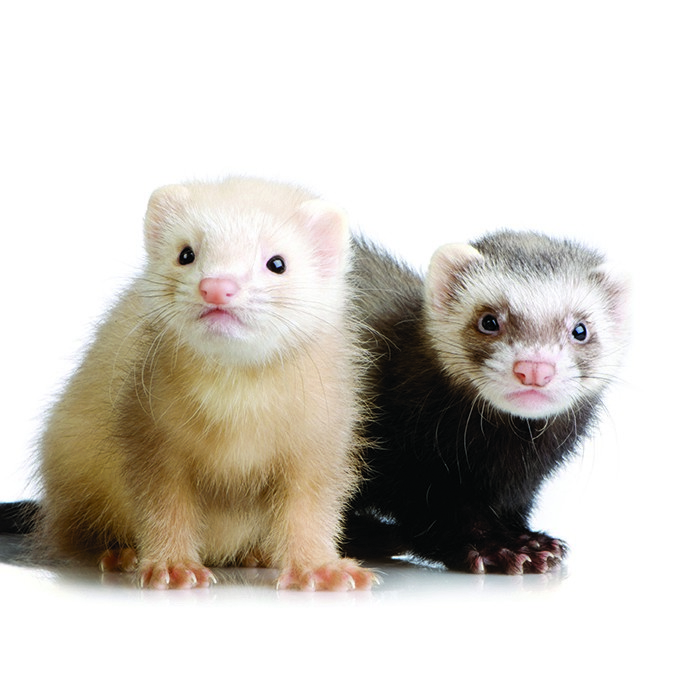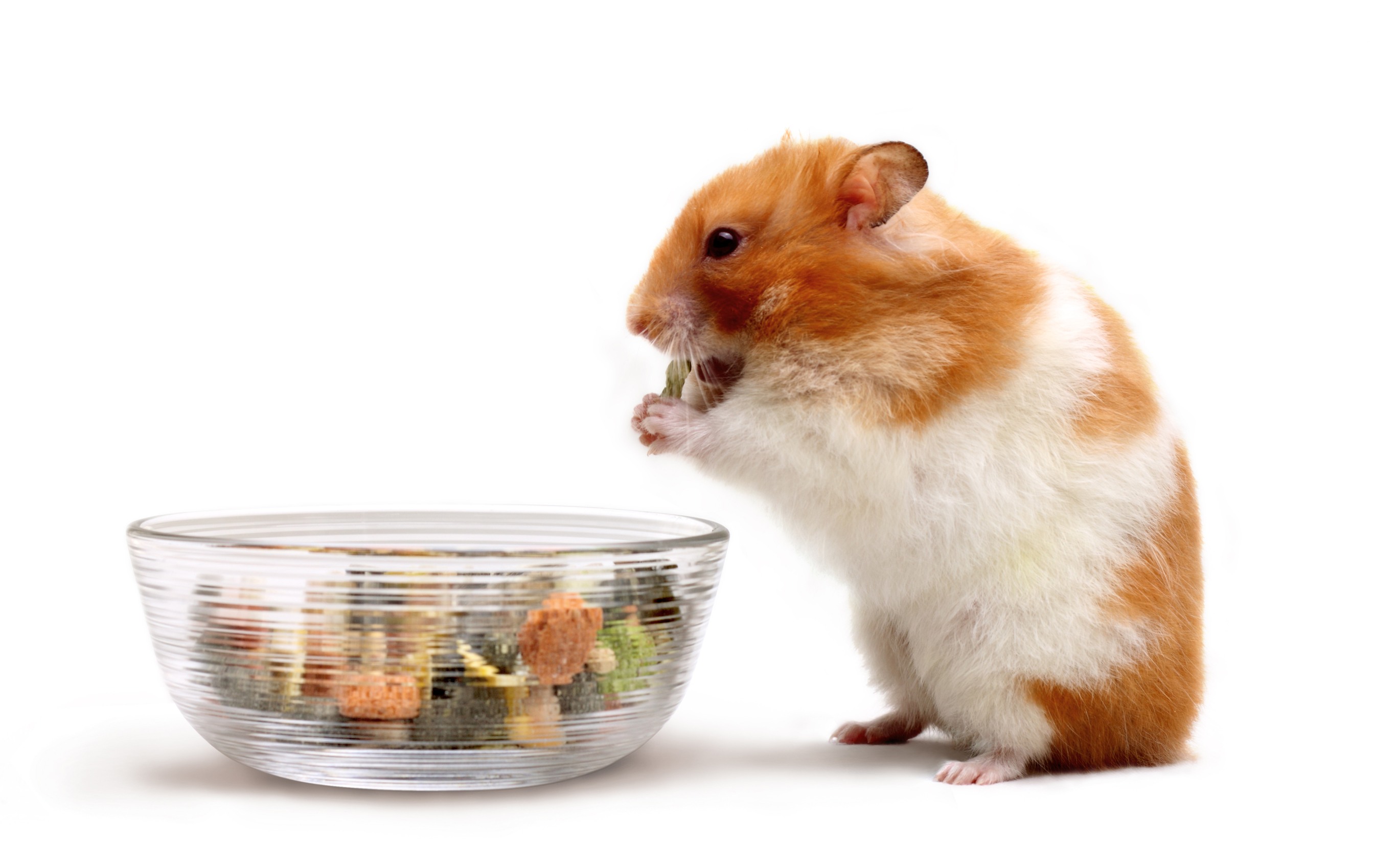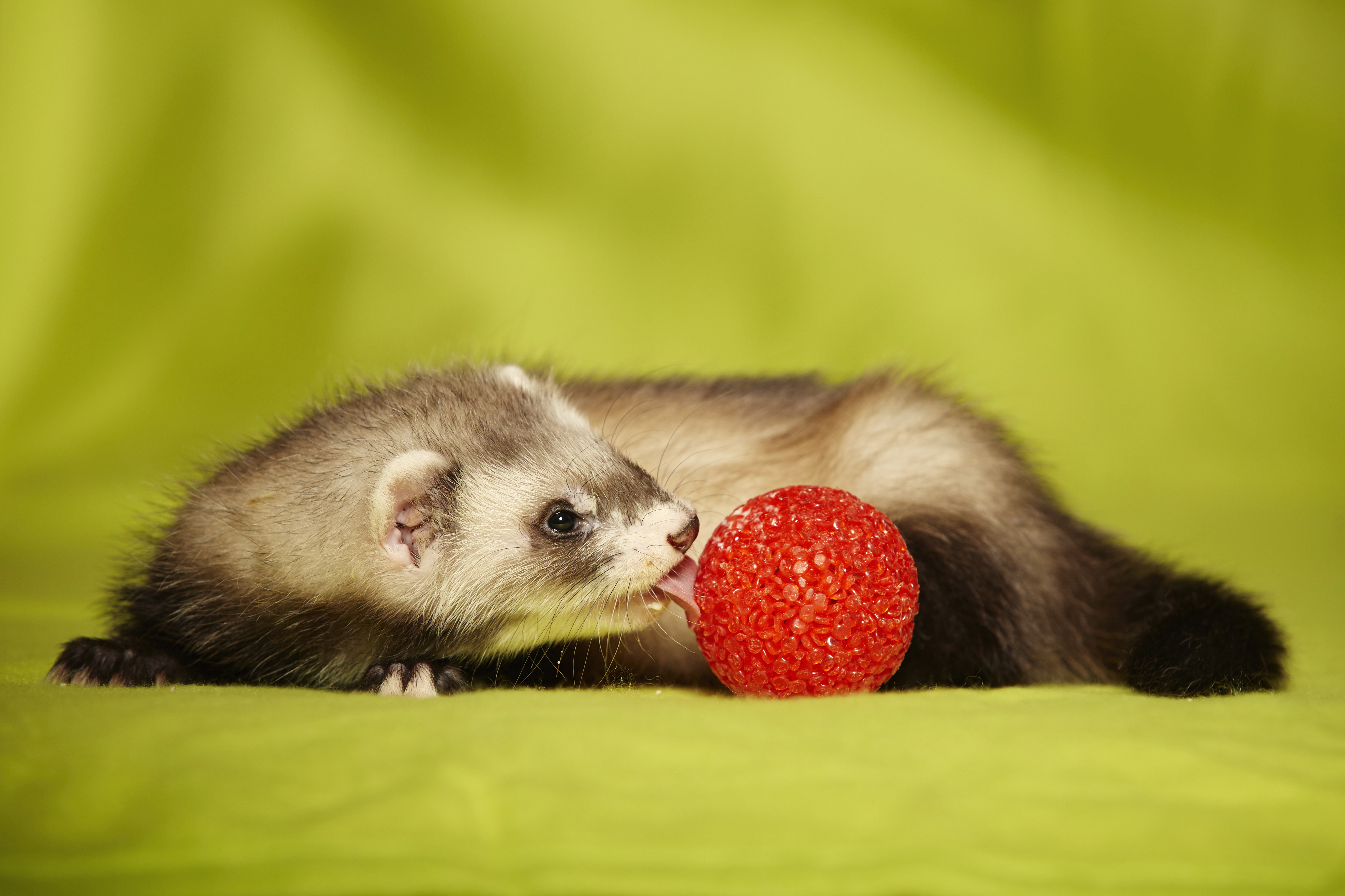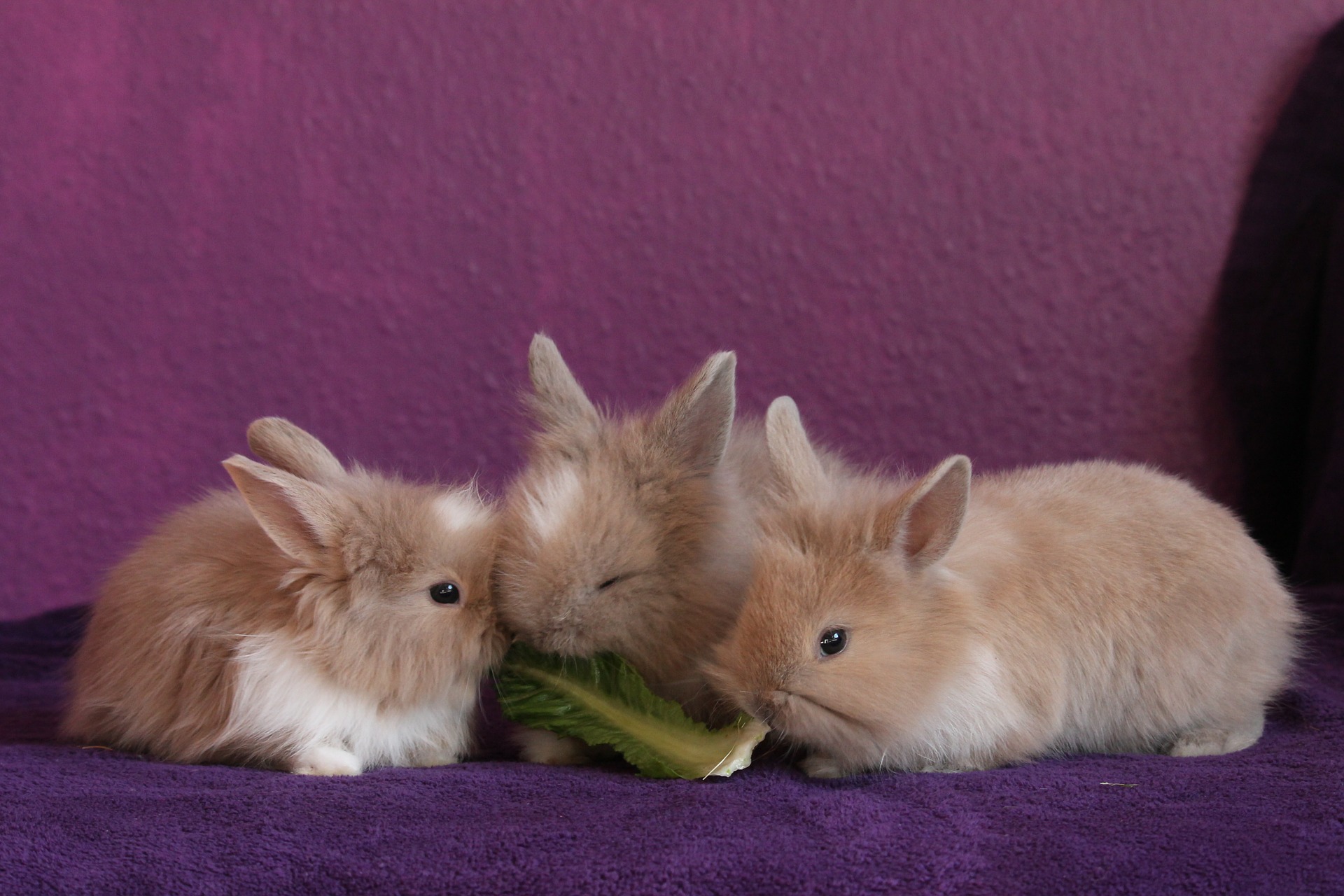Becoming Ferret Friendly
Pet Age Staff //February 1, 2013//
Manufacturers are reporting that 2012 brought the first upswing in the ferret industry in four years, and the numbers are still climbing.
Feeding one ferret for a year costs about $200, but that’s just the tip of the iceberg, according to Paul Juszczak, director of sales and marketing at Marshall Pet Products, the world’s largest provider of ferrets and ferret products.
“A first-time ferret buyer will spend $300-$500 on accessories and food at startup,” Juszczak said. “Then we also know that the average ferret owner comes back within a three-to-four-month time period to buy a companion for their ferret.”
Ferrets need a cage, food and bedding for starters, but the product offerings for ferrets go far beyond the essentials. Owners buy harnesses, treats, toys and even ferret costumes. Books about caring for ferrets are also top sellers.
Some top sellers include Marshall’s Earth’s Balance brand’s 2-in-1 product called the Superchew Edible Toy, and Kaytee’s unique Clean & Cozy Bedding.
The toy is a sugar-free, high-protein treat that entertains ferrets and keeps them busy, while the bedding comes in several bright colors, including rose, purple, lavender and blue, that will not stain pets. It allows owners to customize their ferrets’ environment according to their own color preferences.
Experts say many pet stores are leaving ferret owners’ money on the table. By focusing on several low-cost, simple marketing tactics, stores can increase register ring in this high-potential category.
“The smart marketers tailor their inventory, tailor their knowledge, train their staffs, help the customer and they’ve got that customer coming back for life,” Juszczak said.
Education Is Key
By stocking ferret food and educating staff about ferrets’ specific needs, stores can increase margin on food alone. Once employees understand the animal’s very specialized needs, they can steer customers away from the kitten food, and toward high-margin, ferret-specific food and accessories.
“Ferret owners had very few options when it came to quality food,” Sara Hamilton, president of the American Ferret Association said. “Now, with the ongoing research of quality foods and further research into the necessary nutrients for the health and longevity of our ferrets, ferret owners are experiencing higher quality food and better education on selecting the right food for their animals.”
For example, ZuPreem Premium Ferret Diet is made with real egg and fresh, never-frozen chicken. It contains no corn or fish meal and requires no supplements. Marshall’s Premium Ferret Diet uses a proprietary, low-heat process that retains more nutrients than some other ferret foods.
Most ferret owners feed more than one type of food, and because most ferret owners have more than one animal, feeding a variety of foods helps to appease them all.
Remember that enthusiastic president of the local ferret club? Invite him in to speak with your staff. It’s free training with an expert.
Gail Shepard, director of marketing for ZuPreem, said ferret owners are highly involved pet owners who often look for stores with ferret-specific expertise.
If they can find a store with a highly knowledgeable staff, who can answer their questions and they feel comfortable with, retailers might just be able to create a customer for life.
Make It a Destination
“I think the ferret sections in stores can definitely get lost sometimes,” Annie Marcell, brand assistant for Kaytee, said. “It has become such a small section, but retailers can make it stand out and draw more attention to that area.”
Marcell said there’s a need for better merchandising in ferret products.
“Dress that shelf up a little bit,” Shepard said. “Sometimes I’m in a store and it looks like Attila the Hun has just sat down there.”
Shepard suggests placing ferret food, treats, bedding, litter, toys and accessories together, even if this means stocking some crossover products in both the ferret and small-animal departments. Building a ferret-specific area can help increase the chances that ferret owners will purchase more products.
“They’ll have a higher register ring off a ferret product than a kitten product,” Shepard said. “If they can get them into the aisle, they’re selling costumes and treats and gadgets that you can’t get in the kitten aisle.”
Shepard also sees value in featuring ferret products on an end cap, from time to time. It tells customers that the store sells ferret products, and those customers will spread the word to their ferret-loving friends.
Getting ferret owners through the door may be as simple as inviting them. For example, offer to host a meeting of the local ferret club. It brings people into the store, as well as demonstrates the store’s commitment to the animal.
According to Shepard, ferret owners rely heavily on local ferret clubs and online forums to swap tips, share stories and brag about their pets.
“I can lean across the fence and talk to my neighbor about my dog, but I can’t talk to her about my ferret because she can’t relate,” Shepard said. “Ferret owners are on the internet more because that becomes their neighborhood community.”
She suggests featuring a ferret in advertising or social-media campaigns, and cites a pet store with a live chicken named Colonel Sanders for a mascot.
“Every time they post something about that chicken, their Facebook page just goes wild!” Shepard said.
Shepard also suggests holding an in-store adoption event.
– Kristen Ryan



















